Highway-Railroad Crossing
What is a Highway-railroad grade crossings?
According to the FHA, highway-rail grade crossing can be viewed as simply a special type of highway intersection, in that the three basic elements of any intersection are present: the driver, the vehicles, and the physical intersection. As with a highway intersection, drivers must appropriately yield the right of way to opposing traffic; unlike a highway-highway intersection, the opposing traffic—the train—must only rarely yield the right of way to the highway vehicle. Drivers of motor vehicles have the flexibility of altering their path of travel and can alter their speed within a short distance. Train operators, on the other hand, are restricted to moving their trains down a fixed path, and changes in speed can be accomplished much more slowly. Because of this, motorists bear most of the responsibility for avoiding collisions with trains. The railroad crossbuck sign in effect, it is a YIELD sign, and motorists have the obligation to so interpret it.
Who owns the Crossing?
Grade crossings may be public or private. Public grade crossings are roadways that are under the jurisdiction of, and maintained by, a public authority. Private grade crossings are on privately owned roadways, such as on a farm or industrial area, and are intended for use by the owner or by the owner's licensees and invitees. A private crossing is not intended for public use and is not maintained by a public highway authority.
Who assures the Safety of the Crossing?
The Federal Highway Administration (FHWA) is responsible for public grade crossing issues affecting highway safety. FHWA provides guidelines and standards for the correct design of grade crossings and appropriate placement of traffic control devices at and on the approach to a grade crossing, such as circular advance warning signs, crossbucks, pavement markings, etc. Part 8 of the Manual on Uniform Traffic Devices (MUTCD), published by the Federal Highway Administration, contains guidance on traffic control at highway-railroad crossings.
The Federal Railroad Administration (FRA) regulates the aspects of grade crossing safety pertaining specifically to the railroads such as track safety, train-activated warning devices and train safety and conspicuity. This includes issues such as lighting on locomotives, train horns and inspection, testing, and maintenance standards for grade crossing signal safety.
Grade Crossing Collisions between highway vehicles and trains have been, until recently (1996), the greatest source of injuries and fatalities in the railroad industry. As a result of the Grade Crossing Action Plan, and the continuous research effort funded by the FRA, the number of fatalities and injuries at grade crossings has decreased by almost 40 percent within the decade (2001 – 2011) and has a slight increase in 2014. While trespassing fatalities decreased by approximately 21 percent within the same decade (2001 – 2011) and have increased by 29% since 2011. Since 1997, the number of trespassers fatalities along the railroad's right-of-way exceeded those fatalities at grade crossings.
How do I Propose a Safety Improvement?
A safety improvement at a public highway-railroad crossing can be proposed by either the entity that has jurisdiction over the highway or roadway (city, county or state) or the railroad. Because both parties have a vested interest, both the highway authority and the railroad must agree on any improvement, including the type of improvement and the cost that will be borne by each party. To submit an idea contact your local road authority or NDOT by phone at 402-479-4434 or 402-479-4515 or via email NDOT.Rail@Nebraska.gov.
